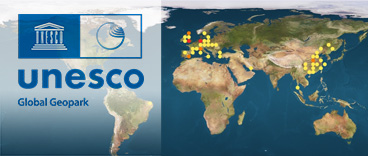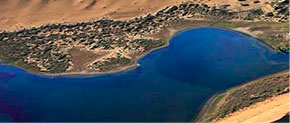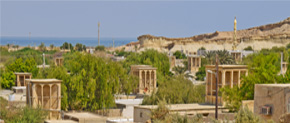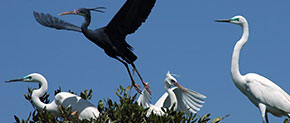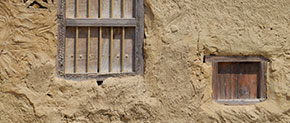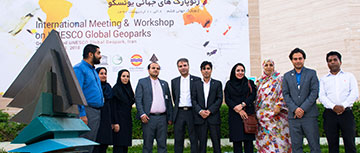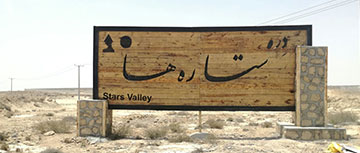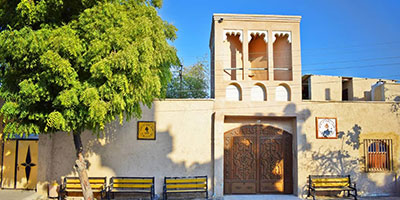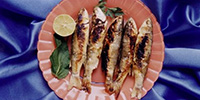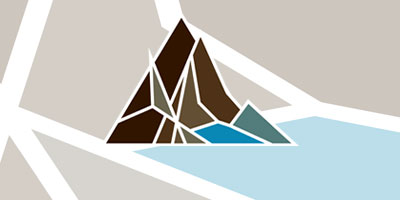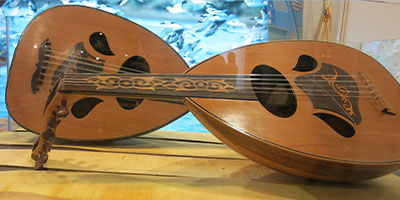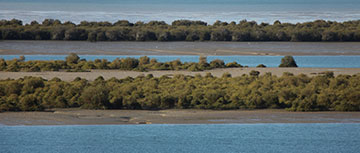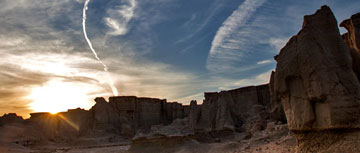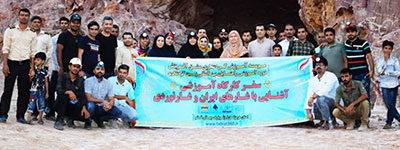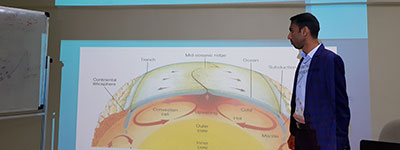Karyon
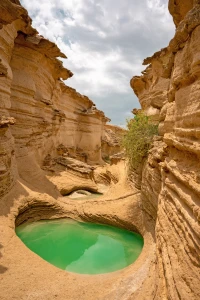
In the west of Qeshm Island and the north of Salakh anticline, there are several parallels, narrow and long valleys that each one has a unique landscape. Kerion is a canyon gorge formed as a result of developing linear and lateral tensile joints of the Salakh anticline. Kerion gorge is located along with the fractures on the northwestern side of the Salt Dome and extends northwest to the southwest of Qeshm Island. This valley is composed of limestone and marl limestone of the Aghajari Formation. Over time and due to the gradual rise of salt dome and the pressure on the surrounding rock layers, the fractures have increased and water erosion caused by rain and moisture in the area begun to dig loose and frail layers. In this valley, marl, limestone, and sandstone layers are regularly layered and erupted with small thicknesses up to big masses in which various types of erosion can be seen. Dissolution and water erosion are shaped very beautiful forms of small and large dissolution grooves, pigeonholes (Tafoni), and natural wells. An interesting point in the Kerion gorge is forming the natural excavations known as Pot Hole, which is due to the rotation of rock fragments on the riverbed around the soft and smooth parts in severe and harsh currents. The concave cavities and recessions of the walls in this gorge have created a picturesque and amazing view. These forms are shaped as the result of flood currents that overrun the valley on rainy days. The spectacular and amazing walls, pits, and wells of Kerion geosite have a high aesthetic value which is highly important to protect them from any damage. These geological and erosive forms have created a unique and wonderful perspective, especially for those who are interested in sightseeing and photography.
Related downloads
Where Karyon geosite is located ?




